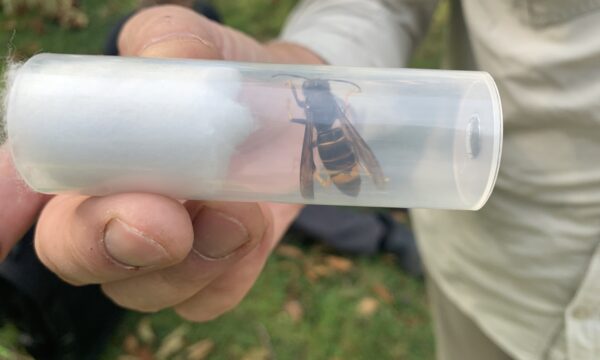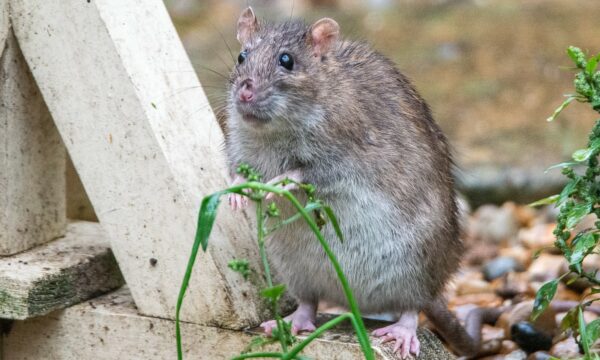In April 2014 the following datasheets were published on CABI’s Invasive Species Compendium (ISC). You can explore the open-access ISC here: www.cabi.org/isc
Thunbergia alata (black eyed Susan) – Australia, Brazil, Central America and many Pacific islands are all threatened by this aggressive herbaceous vine. Once introduced into a suitable climate, often as an ornamental, it quickly establishes and spreads both sexually and vegetatively. T. alata is capable of smothering native vegetation, killing host trees, out-competing understory plants and negatively affecting the germination and establishment of native plants.
Indigofera hirsuta (hairy indigo) – native to Africa, Asia and Australia, this herbaceous legume has been widely introduced as a crop and forage plant. Its ability to adapt to a wide range of soil types, spread quickly and regenerate – even in burnt-out ground – has led it become invasive in many Pacific islands. It is also considered a weed in China, Brazil and parts of the USA.
Urochloa mutica (para grass) – U. mutica has been widely introduced to tropical and subtropical regions as a fodder grass. This species’ aggressive growth, high productivity and allelopathic abilities have allowed it to become one of the worst weeds in the USA, Mexico, Central America and Australia.
Other invasive species datasheets recently published include:
Allamanda cathartica (yellow allamanda)
Emilia fosbergii (Florida tassel-flower)
Zingiber zerumbet (shampoo ginger)
Nelsonia canescens (blue pussyleaf)
Related News & Blogs
Training on mass production of entomopathogenic nematodes for biological control of invasive insect pests
A team of global experts in the production of biocontrol agent provided a practical training on the mass culture of entomopathogenic nematodes at the Biocontrol Agent Facility of Rwanda Agriculture and Animal Resource Development Board (RAB), writes Dr…
20 December 2023





